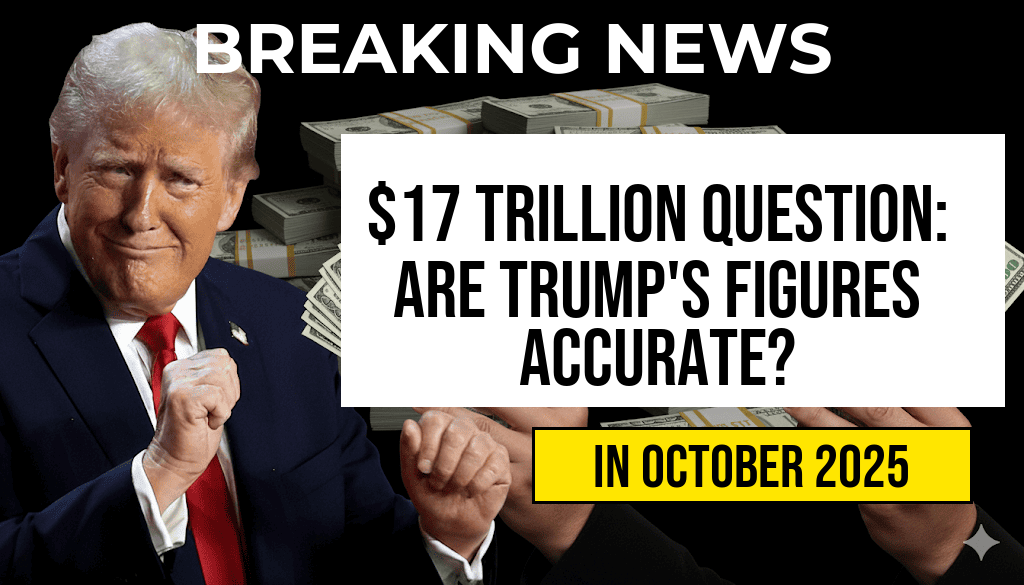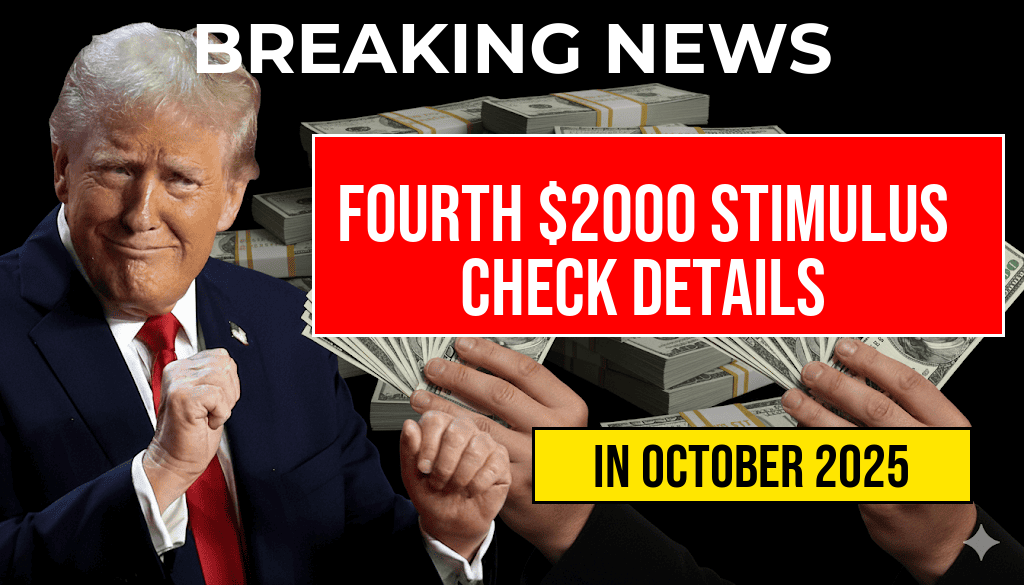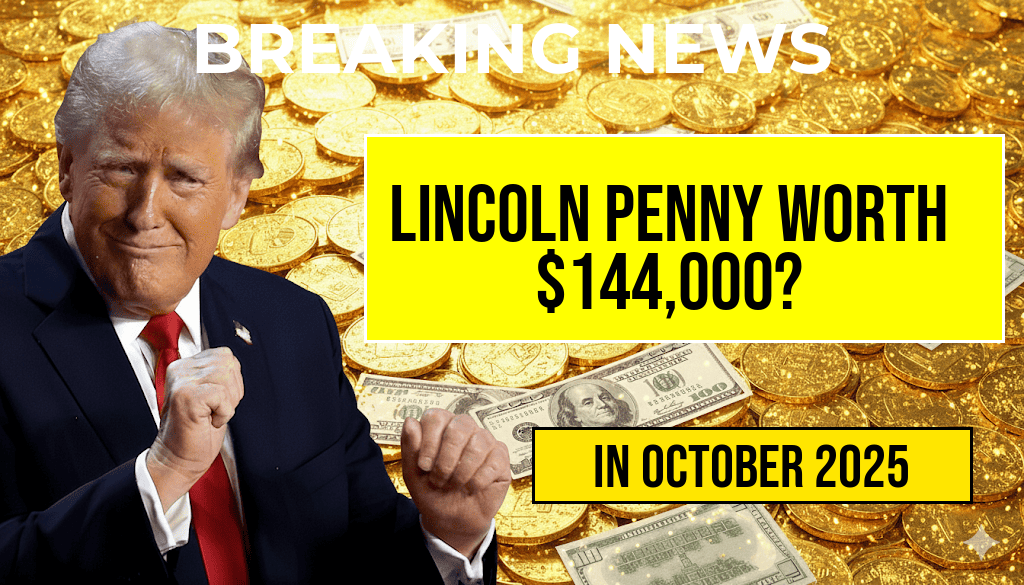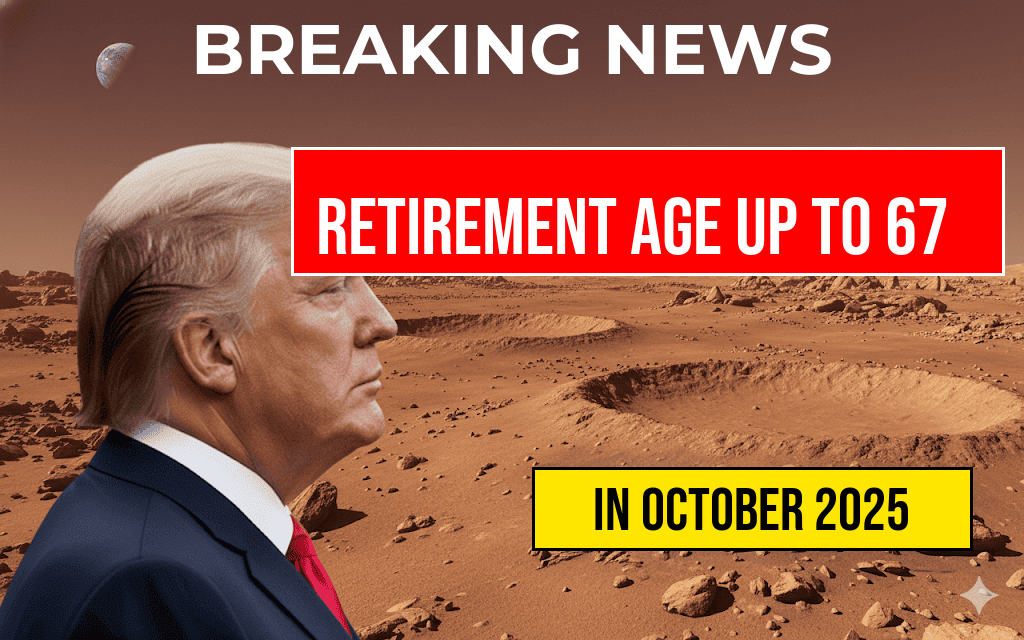Recent estimates place Trump’s global investment portfolio at approximately $17 trillion, a figure that has sparked intense debate among economists, financial analysts, and policymakers. While supporters cite the number as evidence of the former president’s extensive international business reach, critics question its accuracy and transparency. The figure encompasses a wide array of assets, including real estate holdings, stakes in multinational corporations, and private investments spanning multiple continents. As the debate unfolds, experts are scrutinizing the sources, methodologies, and implications of such a colossal valuation, which could influence perceptions of Trump’s economic influence and raise questions about the transparency of his financial disclosures.
Understanding the Scope of the $17 Trillion Figure
Source and Calculation Methods
Proponents of the $17 trillion estimate argue that it reflects the comprehensive value of Trump’s global business empire, aggregated from publicly available data, corporate disclosures, and market valuations. The calculation reportedly includes:
- Real estate holdings across North America, Europe, and Asia
- Equity stakes in major corporations and joint ventures
- Private investments in emerging markets
However, critics maintain that such an aggregation involves significant assumptions, including valuation of private assets and the valuation of fluctuating market-based investments. The lack of standardized reporting across international jurisdictions further complicates the accuracy of this figure.
Expert Perspectives on Valuation Accuracy
Many financial analysts caution that the $17 trillion figure may overstate or understate Trump’s actual net worth due to differences in valuation techniques. Dr. Emily Chen, a professor of financial accounting at Harvard Business School, explains, “Estimating the value of private and international assets is inherently challenging. Without standardized disclosures, these figures are best viewed as approximations rather than precise valuations.”
Meanwhile, some experts argue that the figure, while possibly inflated, underscores the scale of Trump’s business activities and influence. “It’s a reflection of the broad scope of his investments, but the exact tally is less relevant than understanding the nature and distribution of these assets,” notes economist Robert K. Smith.
Implications for Public Policy and Market Perception
Transparency and Disclosure Concerns
The controversy surrounding the $17 trillion estimate also raises questions about transparency. The former president’s financial disclosures, required under federal law, have been scrutinized for omissions and inconsistencies. Critics argue that the lack of detailed, independently verified data hampers policymakers’ ability to assess potential conflicts of interest or financial influence.
Legal experts point out that the opacity of private holdings complicates efforts to fully understand the scope of Trump’s economic reach, especially as his political influence continues to be scrutinized. The debate underscores the need for more rigorous disclosure standards for public officials with extensive international investments.
Market Influence and Global Business Dynamics
Some market analysts suggest that the figure, whether accurate or exaggerated, impacts investor sentiment and international relations. Large-scale investment figures can signal economic strength or vulnerability, affecting stock markets, currency valuations, and diplomatic negotiations. As such, the discourse surrounding Trump’s investments serves as a barometer for broader geopolitical considerations.
Comparative Analysis with Other Global Magnates
| Name | Estimated Net Worth | Main Business Focus |
|---|---|---|
| Jeff Bezos | $150 billion | E-commerce, cloud computing |
| Elon Musk | $230 billion | Automotive, space exploration |
| Trump | ~$17 trillion | Real estate, branding, media |
While the net worths of Bezos and Musk are generally considered more transparent and easier to verify, Trump’s estimated $17 trillion valuation dwarfs these figures, illustrating the scale and complexity of his holdings. Critics argue that such a comparison highlights the challenges in accurately assessing private and international assets at this magnitude.
What Comes Next?
The ongoing debate underscores the need for clearer standards in valuing international and private assets, especially for high-profile figures with extensive global investments. Legislative efforts are underway to improve disclosure requirements for political figures, aiming to reduce ambiguities and enhance public trust. Meanwhile, independent audits and third-party evaluations of Trump’s holdings could offer more definitive insights, though such efforts face legal and logistical hurdles.
As the discussion continues, both supporters and critics agree that the figure, whether precise or illustrative, emphasizes the vast scope of Trump’s economic footprint and the complexities involved in accurately measuring it. The debate not only influences perceptions of his financial stature but also raises broader questions about transparency and accountability at the intersection of business and politics.
Frequently Asked Questions
What is the main focus of the article titled “The $17 Trillion Question: Economists Debate the Accuracy of Trump’s Global Investment Figures”?
The article examines the debate among economists regarding the accuracy of Trump’s claimed global investment figures, particularly the assertion of a $17 trillion investment figure, and explores differing perspectives on this data.
Why is there controversy surrounding Trump’s global investment figures?
The controversy stems from discrepancies and uncertainties in the reported investment data, with some experts questioning whether the figures are accurate or exaggerated to serve political or economic narratives.
How do economists assess the validity of Trump’s investment claims?
Economists analyze economic data, investment trends, and official reports to evaluate the credibility of Trump’s figures, often highlighting methodological differences and data interpretation as key factors affecting assessments.
What implications does this debate have for understanding global investment trends?
Are there any specific sources or data points mentioned that support or challenge Trump’s investment figures?
The article references various economic reports, international investment data, and expert analyses that either support or question the validity of the reported $17 trillion figure, emphasizing the ongoing debate.






